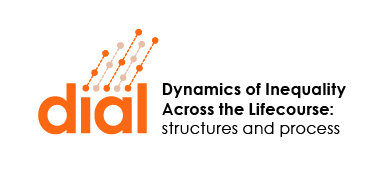TRISP develops structural household life-cycle models in macroeconomic environments to evaluate the effects of inequality in income, wealth, hours worked and consumption on welfare, and to quantitatively decompose the trends in inequality into their various sources. We then use these models to evaluate the impact of fiscal and monetary policies on inequality and to characterize welfare improving policies.
TRISP
Trends in Inequality: Sources and Policy
Countries
Germany, United Kingdom, Sweden, USAProject Details
Principal Investigators
Recent Publications
Optimal taxes on capital in the OLG model with uninsurable idiosyncratic income risk
Authors: Dirk Krueger, Alexander Ludwig, Sergio Villalvazo, | Journal ArticleThe lost ones: The opportunities and outcomes of white, non-college-educated Americans born in the 1960s
Authors: Margherita Borella, Mariacristina De Nardi, Fang Yang, | Journal ArticleSources of U.S. wealth inequality: Past, present, and future
Authors: Joachim Hubmer, Per Krusell, Anthony A. Smith Jr., | Journal ArticleThe Intergenerational Elasticity of Earnings: Exploring the Mechanisms
Authors: Uta Bolt, Eric French, Jamie Hentall MacCuish, Cormac O’Dea, | Working PaperShould Germany have built a new wall? Macroeconomic lessons from the 2015-18 refugee wave
Authors: Christopher Busch, Dirk Krueger, Alexander Ludwig, Irina Popova, Zainab Iftikhar, | Journal ArticleSee all publications by TRISP
Research Themes
Stakeholders
Germany: Federal Ministry of Labour and Social Affairs, Federal Ministry of Education and Research, Federal Ministry of Family Affairs, Senior Citizens,
Women and Youth, Federal Ministry of Finance, Federal Ministry of Economics, State of Hessen Ministry of Economics.
France: OECD.
USA: International Monetary Fund, World Bank.
United Kingdom: Department of Work and Pensions
Netherlands: Ministry of Social Affairs and Employment
